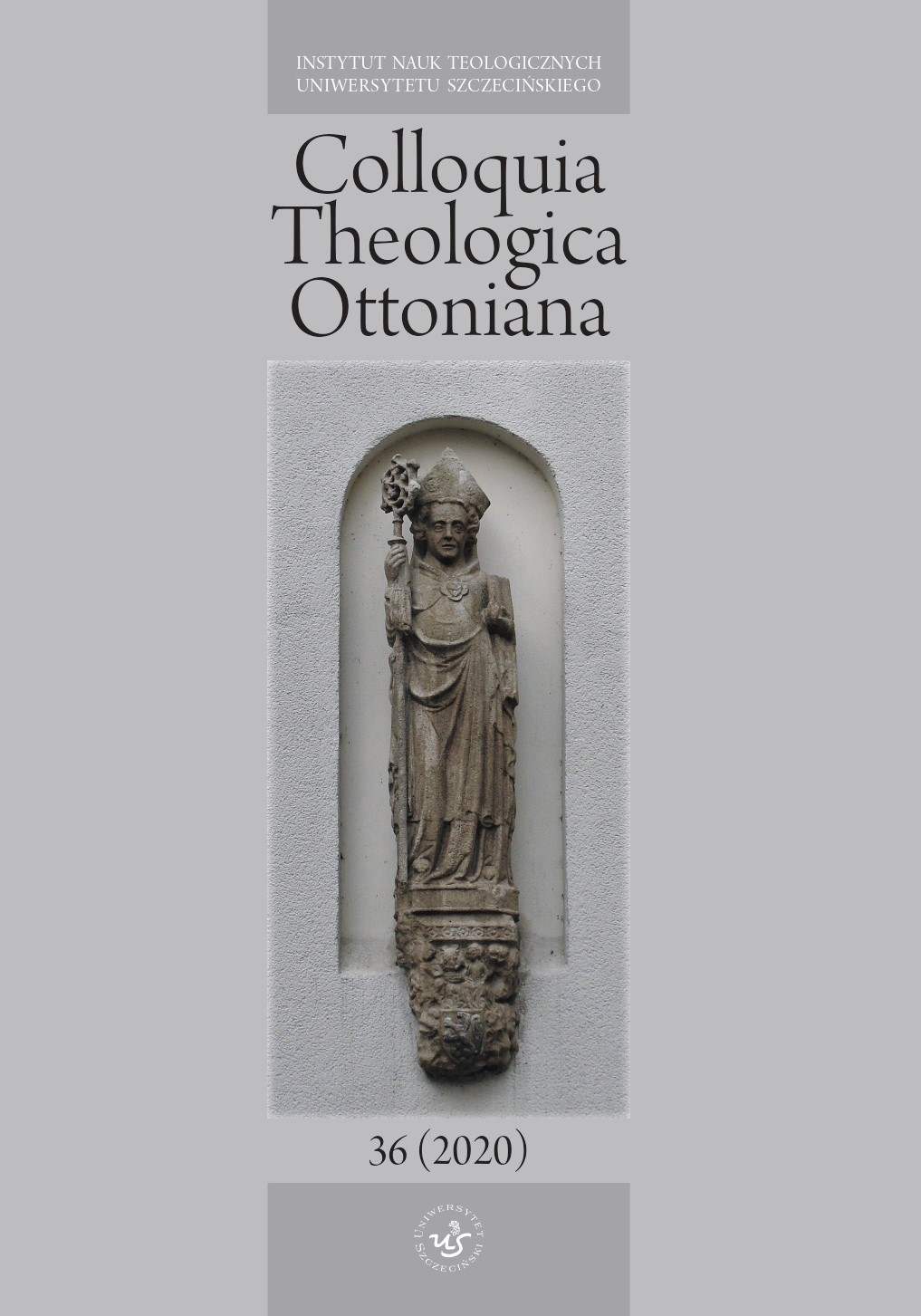Struktura terenowej administracji wyznaniowej PRL na przykładzie Wydziału do Spraw Wyznań w Zielonej Górze w latach 1950–1972
The Structure of the Local Religious Administration of the People’s Republic of Poland as Seen in the Department for Religious Affairs in Zielona Góra in 1950–1972
Author(s): Dariusz MazurkiewiczSubject(s): Christian Theology and Religion, Law, Constitution, Jurisprudence, History of Church(es), Theology and Religion, Canon Law / Church Law, Sociology of Religion
Published by: Wydawnictwo Naukowe Uniwersytetu Szczecińskiego
Keywords: religious policy of the People’s Republic of Poland; Department of Religious Affairs in Zielona Góra; Church in relation to communism
Summary/Abstract: The post-war internal policy of the communist authorities of the Polish People’s Republic was aimed at taking over all aspects of social life. Therefore, this policy could not ignore the interest in the community dimension of human religiosity, as it was seen as a threat to building a new order based on a materialistic vision of a man. There was no room in such an approach for harmonious cooperation between the state authorities and the Catholic Church. Even the need to rebuild the country after the war, especially in the so-called “Recovered Territories”, and to create the state administration from scratch and organise social life did not induce the authorities to seek a mutual understanding. On the contrary, the process of the systematic removal of the Church from public life was initiated. A specialised governmental body for Church matters was created to achieve this goal. At the central level, it was the Office for Religious Affairs, while in provinces, local units were established to interfere with the activities of particular churches. One of them was the Department for Religious Affairs in Zielona Góra, which covered all matters concerning religious associations, especially Church administration in the capital, Gorzów Wielkopolski. The Department tried to shape the religious policy by influencing the filling of Church positions and issuing orders aimed at obtaining supervision over the seminaries and parish catechesis. Decisions were also made regarding the disposal of sacred and Church buildings, and, in matters related to the financial activities of the Church, opinions were given by the financial departments of the state administration before making the decision. The Faculty’s policy was not independent. The action plan towards the Gorzów Church was developed by the Department for Religious Affairs in Zielona Góra in conjunction with the Administrative Department of the Provincial Committee of the Polish United Workers’ Party and the 4th Department of the Provincial Citizens Militia Headquarters. Finally, it consulted with the Administrative Department of the Central Committee, as this was the committee that pursued the long-term goals of the denominational policy defined by successive conventions of the Polish United Workers’ Party. Detailed instructions for the Faculty of Zielona Góra also came from the Office for Religious Affairs in Warsaw, which participated in the preparation of individual legal acts concerning the Catholic Church and supervised the religious policy conducted in local departments. All these activities were to serve the planned atheisation of society.
Journal: Colloquia Theologica Ottoniana
- Issue Year: 2020
- Issue No: 1
- Page Range: 281-306
- Page Count: 26
- Language: Polish

